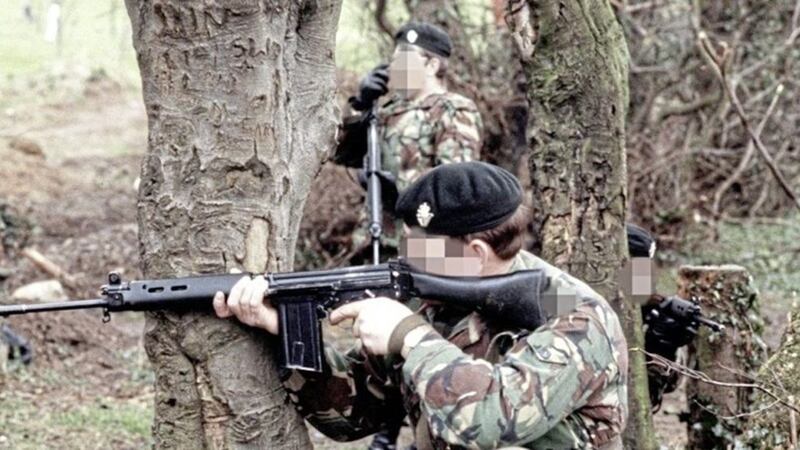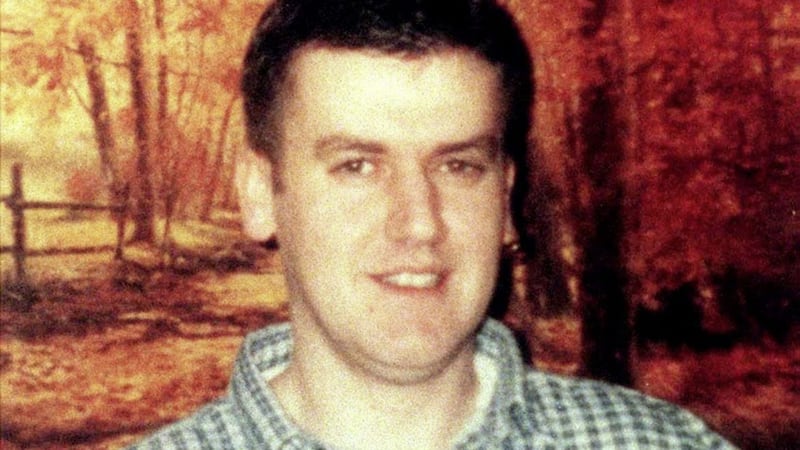A FAILURE by police to investigate the leaking of information by UDR members to a UDA/UFF killer gang is set to be raised with the chief constable.
Details emerged in Operation Greenwich, which was published by the Police Ombudsman last week.
The damning document examined 19 murders and two attempted murders carried out by the North West UDA/UFF between 1989 and 1993.
In her report Police Ombudsman Marie Anderson confirmed there was evidence of "collusive behaviour" by some police officers.
Ms Anderson also said her investigation has established that several serving or former members of the military "had links to loyalist paramilitary organisations in the North West area during the period in question".
Her report also found that numerous weapons used in the attacks originated from members of the security forces.
Other findings included a failure by police to make people aware of threats to their lives and evidence that UDR officers passed information to loyalists.
The report also concluded that RUC informers were involved in murder and other serious crime and that records relating to the recruitment and management of informers had been destroyed.
The ombudsman confirmed the RUC failed to investigate the UDR.
"Allegations involving UDR personnel passing information to loyalist paramilitaries were dealt with internally by military police," she said.
Ms Anderson added that this was "another indicator that, during the period in question, police failed to respond appropriately to the escalating threat posed by the North West UDA/UFF".
The ombudsman revealed that a serving member of the UDR, Person V who was later discharged from the regiment, with links to the UDA/UFF had access to intelligence documents and they attended RUC District Action Committee (DAC) meetings "where sensitive information was discussed".
Another UDR soldier, Person Q, has been linked to some of the attacks covered in the report.
It is understood that Q is senior loyalist Alan Smith.
The 40-year-old was shot dead by the IRA along with his friend John McCloy as he sat in his car at Main Street in Garvagh in April 1994.
A commander in the North Antrim UDA, he was on the IRA’s most wanted list and had survived two previous attempts on his life.
In December 1995 Liam Averill was convicted of the murder of both murders.
In 1997 Averill made headlines when he escaped from the Maze Prison dressed as a woman.
A former RUC officer has said he attended "sensitive briefings where Person Q was present".
SDLP Policing Board member Dolores Kelly last night said she has tabled a question for Chief Constable Simon Byrne on the issue.
"I have tabled a question because obviously there is huge consternation, disquiet and shock around it," she said.
Mrs Kelly added that people in the nationalists community "are not shocked or surprised by these findings given the experience of the Glenanne Gang".
Daniel Holder of the Committee on the Administration of Justice said: “From 1970 there was an RUC Force Order whereby the RUC would not investigate killings by soldiers but would leave it to the Royal Military Police. This policy led to no proper investigation being conducted at all and facilitated impunity for military killings. It was ended in late 1973.
“It is important to get clarity as to what the extent the RUC had a policy of not investigating crimes by the UDR, what it covered and how long it was in place. Clearly there is a risk such a policy facilitated impunity.”
The PSNI was contacted.
A spokesman for the Ministry of Defence said: "We continue to assist the Northern Ireland courts and police in relation to legacy matters.
"It would not be appropriate to comment on matters which are the subject of ongoing legal proceedings.”








